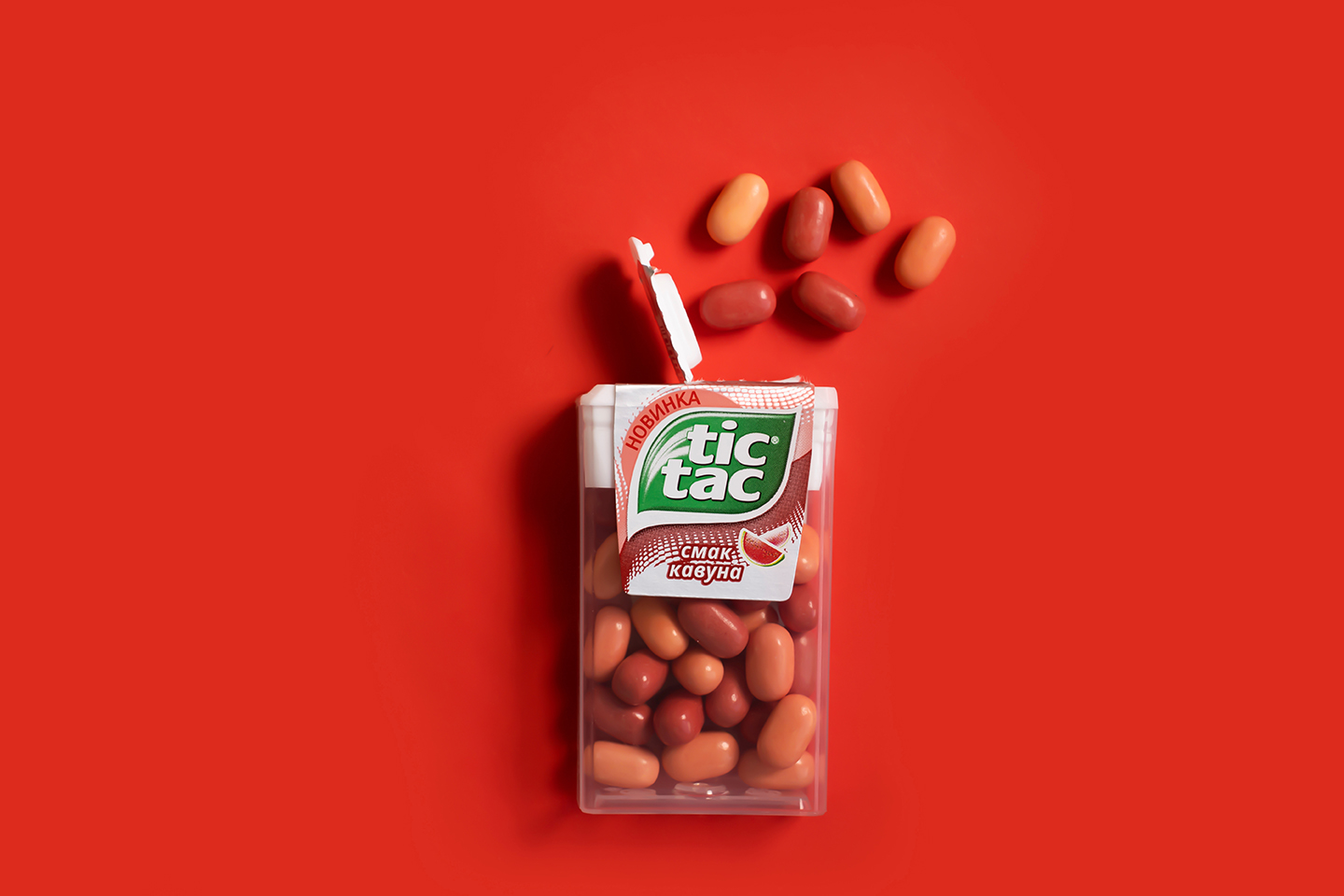As is well known a trademark can also be constituted by the shape (bi or three-dimensional of a product) and indeed this type of trademark – which can be registered even when the product has been on the market for years – is often used (not quite correctly) when the deadline for the filing of an ornamental model (design) has definitively expired (one year after the first disclosure).
It is necessary, however, that the characteristics of the form to be registered as a trademark have neither an ornamental nor a technical-useful nature (because in this case the protection that can be used is only that of design or patenting – however limited in time – and not that of the trademark, potentially of unlimited duration). In this context, after a long judicial battle that reached the examination of the Supreme Judges, the latter have definitively declared the validity of the figurative mark of the Ferrero companies (manufacturer of the famous confettini)having as its object the well-known transparent box.
Recently, the Court of Cassation, and on the basis of the principles expressed by the European Regulation on ornamental models and designs, has definitively confirmed the validity of the three-dimensional mark of Ferrero. In particular, the Supreme Court reiterated that a trademark cannot be registered only if it does not have distinctive character for the reference consumers and this happens when the form is imposed by the very nature of the product and is therefore, necessary to obtain a technical result; or when it is a form that attributes aesthetic value to the product, for the reasons mentioned above. Therefore, the fact that the packaging of the well-known confettini does not fall under any of those prohibitions and that also the extreme diffusion and notoriety of the product has undoubtedly increased its distinctive capacity, the Supreme Judges had no difficulty in concluding for the validity of the three-dimensional mark of Ferrero.
This is an absolutely important result, not only for the well-known multinational Piedmontese, but also for all those who, finding themselves in more or less similar situations (that is, they produce or trade in apparently very simple articles and in no way can they be protected by patent), they have been confirmed of the possibility of being recognized important exclusive rights (that deriving from the registration of the trademark) when their product is characterized by some element (even very simple) that gives it a certain, albeit modest, distinctive ability.

